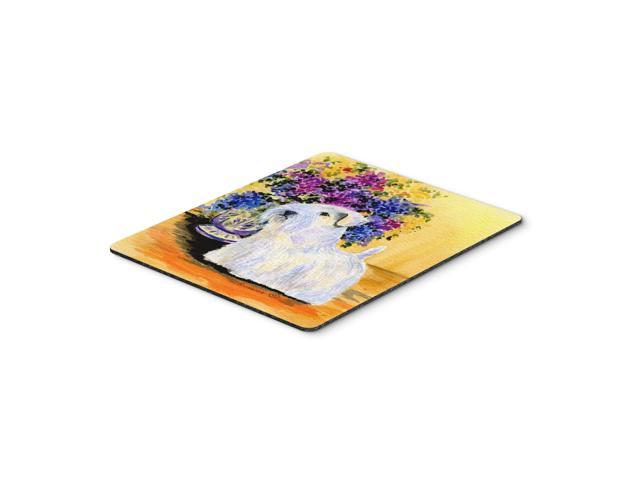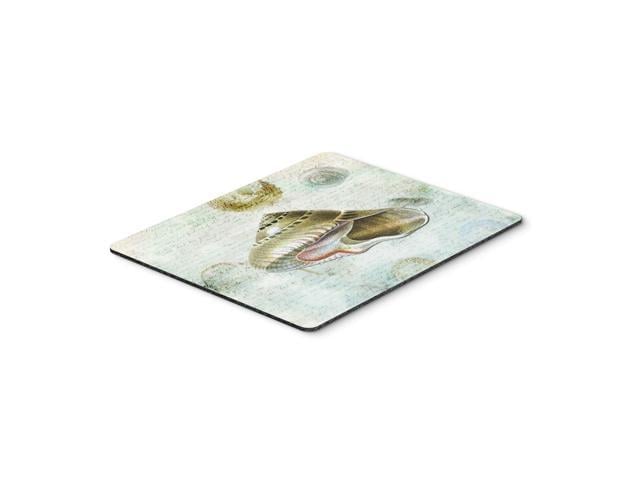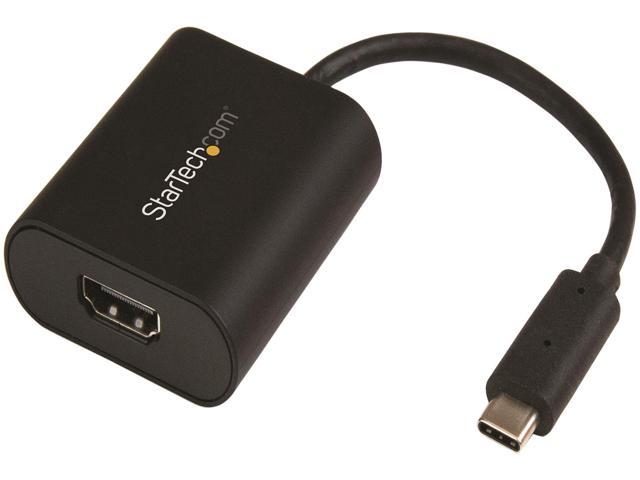I. Steroid-Protein Interactions Revisited.- II. Serum Albumin.- A. The Steroid Binding Site of BSA and HSA.- 1. Three-Dimensional Structure.- 2. Possible Residues Involved.- B. Relation of Fatty Acid to Steroid Binding.- C. Steroid Binding to Oligomers of HSA.- D. Characteristics of Steroid Binding to Albumin.- 1. Effect of Calcium Ions.- 2. Influence of Protein Concentration.- 3. Steroid Binding to Albumin from Various Species.- 4. Binding Specificity of BSA.- E. Spin Label Studies.- III. ?1-Acid Glycoprotein (AAG, Orosomucoid).- A. Isolation of AAG.- 1. From Human Blood and Tissues.- 2. AAG from Other Species.- B. Studies on AAG Synthesis.- 1. Effect of Inflammation.- 2. Effects of Endocrines.- C. Chemical Properties.- 1. Peptide Moiety.- 2. Carbohydrate Moiety.- D. Molecular Properties.- 1. Variants.- 2. Thermostability.- E. Interaction with Steroids.- 1. Binding to AAG and Its Variants.- 2. Inhibition by Lipids.- 3. Chemical Modification of Amino Acid Residues.- 4. Spectral Studies.- a) Ultraviolet Absorption.- b) Fluorescence Quenching.- 5. Electron Spin Resonance.- IV. Some Recent Methodological Developments.- 1. Measurement of Unbound Steroid.- 2. Adsorption and Related Methods.- 3. Electrophoretic Methods.- 4. Equilibrium Dialysis, Scatchard Plots and Related Procedures.- V. Corticosteroid-Binding Globulin (CBG).- A. Biosynthesis.- 1. Rat.- 2. Guinea Pig.- 3. Chicken.- B. Hormonal and Other Influences on Blood CBG Level.- 1. Rat.- 2. Guinea Pig.- 3. Birds.- C. General Characteristics of CBG in Nonmammalian Vertebrates.- 1. Corticosteroid-Binding in Fish Serum.- 2. Corticosteroid-Binding in Amphibian Serum.- 3. Corticosteroid-Binding in Reptile Plasma.- 4. Corticosteroid-Binding in the Blood of Birds.- a) Chicken.- b) Duck.- c) Sparrow.- D. General Characteristics of CBG in Nonhuman Mammals.- 1. Marsupials.- 2. Mouse.- 3. Rat.- a) CBG in the Prenatal and Developing Postnatal Rat.- b) CBG in Inflammation and Other Conditions.- c) Characteristics of Purified Rat CBG.- d) CBG in Rat Milk.- 4. Hamster.- 5. Guinea Pig.- 6. Dog.- 7. Bovine.- 8. Sheep.- 9. Pig.- 10. Monkey.- 11. Cat, Horse, and Rabbit.- E. CBG-Like Steroid Binders.- 1. Rat and Other Laboratory Animals.- 2. Studies in Humans.- a) Various Tissues.- b) Milk and Other Secretions.- F. Biological Characteristics of CBG in Human Blood.- 1. Development of CBG in the Human.- 2. Periodicities of CBG level.- 3. Endocrine and Other Influences on CBG.- a) Estrogens.- b) Androgens.- c) Corticosteroids.- d) Thyroid Hormones.- e) Diabetes mellitus.- f) Other Pathological States.- G. Physicochemical Properties of Rabbit CBG.- 1. Polymerization.- 2. Electrophoretic Variants.- H. Physicochemical and Binding Properties of Guinea Pig CBG.- 1. Isolation and Characterization.- 2. Fluorescence Quenching and Steroid Binding.- 3. Thermodynamic Data.- 4. Binding Specificity.- I. Physicochemical and Binding Properties of Human CBG.- 1. Purification by Affinity Methods.- 2. Physicochemical Characteristics.- a) Physical Parameters; Composition.- b) Cysteine and Other Amino Acid Residues; Affinity Labeling.- c) Polymerization.- d) Electrophoretic Variants.- e) Desialylation of CBG.- 3. Electron Spin Resonance Studies.- 4. Influence of pH.- 5. Influence of Temperature.- 6. Binding Specificity.- 7. Kinetic Parameters.- a) Fluorescence Quenching.- b) pH Dependency.- c) Temperature Dependency.- VI. Progesterone-Binding Globulin (PBG).- A. Initial Studies.- B. Occurrence.- C. Origin.- D. Isolation and Physicochemical Properties.- 1. Purification.- 2. PBG I and PBG II.- 3. Polydispersity of PBG.- 4. Chemical Composition.- 5. PBG from Various Laboratories.- 6. SP-Sephadex and Affinity Chromatography.- E. Interaction with Steroids.- 1. Conformational Changes.- 2. Fluorescence Quenching upon Binding of 3-oxo-4-erie Steroids.- 3. Kinetics of the Interaction.- 4. Biological Significance of the Kinetic Parameters.- 5. Influence of pH on the Interaction.- 6. Chemical Modification.- F. Binding Specificity.- 1. Determination of Binding Affinities.- 2. Influence of Hydrophilic Groups on Binding Affinity.- 3. Influence of Hydrophobic Groups on Binding Affinity.- 4. Spatial Relations.- 5. Steroid Conformation and Crystal Structure.- 6. Steroid Binding to PBG and Other Progesterone-Binding Proteins.- 7. The Binding Site of PBG.- VII. Sex Steroid-Binding Protein (SBP).- A. Introduction.- B. Significance.- C. Methods to Determine SBP Concentration; Data for Human Blood.- D. SPB in Nonmammalian Vertebrates.- 1. Fish.- 2. Amphibians.- 3. Reptiles.- 4. Birds.- E. SBP in Nonhuman Mammals.- 1. Marsupials.- 2. Rat.- 3. Studies in Mouse, Guinea Pig, Hamster, and Other Species.- 4. Badger, Fox, and Hedgehog.- 5. Little Brown Bat.- 6. Bovine.- 7. Dog.- 8. Rabbit.- 9. Nonhuman Primates.- c) Chimpanzee.- b) Baboon.- c) Macaque Monkeys.- F. Occurrence and Develo















